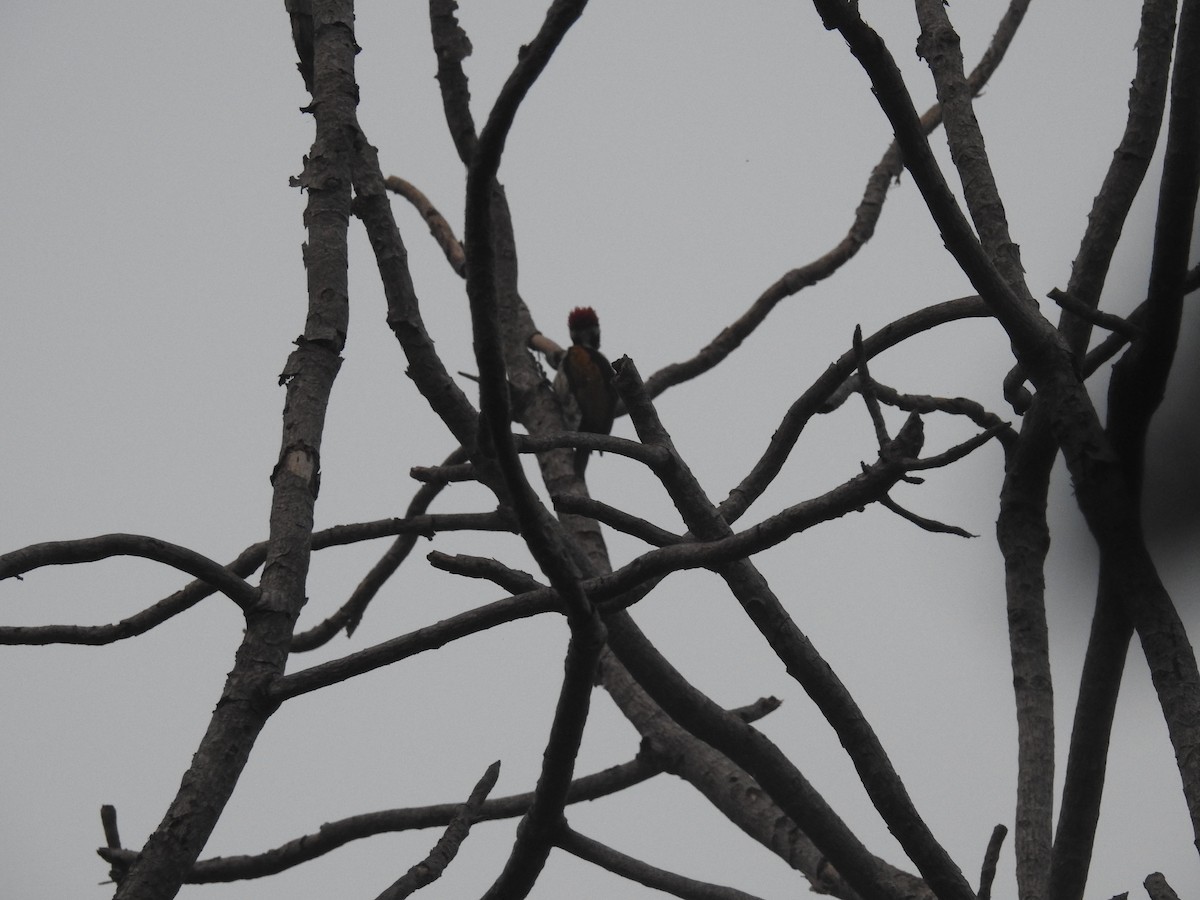White-naped Woodpecker
A species of Chrysocolaptes flamebacks Scientific name : Chrysocolaptes festivus Genus : Chrysocolaptes flamebacks
White-naped Woodpecker, A species of Chrysocolaptes flamebacks
Botanical name: Chrysocolaptes festivus
Genus: Chrysocolaptes flamebacks
Content
Description General Info
 Photo By Ashwin Viswanathan
Photo By Ashwin Viswanathan Description
The white-naped woodpecker is a large species at 29 cm (11 in) in length. It is a typical woodpecker shape. The white hind neck extends down the back, and the black shoulder patches also continue onto the back to form a V-shape bordering the white. The rest of the upperparts and wings are golden yellow. The rump and tail are black, and the underparts are white with dark chevron markings. The head is whitish with a dark moustache stripe and a black eye patch that extends down the neck sides. Like other woodpeckers, this species has a straight pointed bill, a stiff tail to provide support against tree trunks, and zygodactyl or "yoked" feet, with two toes pointing forward, and two backward. The long tongue can dart forward to capture insects. The adult male white-naped woodpecker has a red crown and females have a yellow crown. Young birds are colored like the female, but duller. 
Size
29 cm
Nest Placement
Tree
Feeding Habits
White-naped Woodpecker predominantly consumes ants and larvae of wood-boring insects, but also includes seeds in its diet, suggesting some fruit consumption. Typically feeding alone or with a mate, occasionally in family groups, white-naped Woodpecker forages on tree trunks and sometimes the ground, using pecking and hammering to extract its prey.
Habitat
White-naped Woodpecker typically inhabit open deciduous woodlands and scrub areas, often found in regions where cultivations are interspersed with trees. They are also known to frequent plantations near villages, particularly favoring habitats with a predominance of teak trees over others. These birds are generally associated with lowland and foothill ecosystems within broader tropical and subtropical zones.
Dite type
Insectivorous
General Info
Feeding Habits
Bird food type

 Photo By Ashwin Viswanathan
Photo By Ashwin Viswanathan